6 main reasons for the appearance of yellow spots on tomato seedlings
It is at least unpleasant if the seedlings, already ready for planting, begin to turn yellow and dry out. Yellow spots on tomato seedlings are not the end, but an alarming sign. Why? Yes, because the hostess or the owner carelessly, or maybe wrongly, cares for the young shoots. Sometimes he forgets to apply the right amount of fertilizer, to protect against fungus and small parasites. But how do you know where exactly the mistake was made?
Why did the leaves start to turn yellow?
After observing this situation, experienced biologists have deduced several factors. It is not difficult to eliminate them, the main thing is to notice the problem on tomato seedlings as soon as possible. We are talking about the following manifestations.
- Partial yellowness of several lower leaves.
This usually happens when transplanting tomatoes from small pots into boxes or soil. It's all about the root system. The plant, adapting to the new environment, increases the growth rate. New roots grow, and the leaves simply do not have time. To avoid yellowness on the first leaves, it is necessary to transplant the plants into full-fledged soil on time.
- Yellow leaves with a blue tint.
This suggests that the plants are facing a temperature drop. Perhaps the tomato suffered from frost - this is a common mistake of those who rush to plant seedlings in a greenhouse or greenhouse as soon as possible. The color of the leaves changes again due to the root system, because everything is interconnected in plants. The usual food chain has been disrupted. Further, the rate of growth and development of fruits changes.
- Sharp yellowing of the lower leaves of tomatoes.
There can be two reasons for this: the roots are cramped or damage to the root system was allowed during loosening. There is nothing wrong, the plants need to create comfortable conditions and give time to restore the root system.
- Dry soil.
The primitive lack of watering also manifests itself in the yellowness of the leaves. The movement of nutrients should come from the lowest root. To achieve this effect, you need to water very abundantly, but as rarely as possible. Light spraying will not work specifically with tomatoes.
- Micronutrient deficiency.
Depending on where the spots or dots appear, a deficiency of certain elements or minerals can be detected. Nitrogen deficiencies are medium-sized yellow spots throughout the tomato plant. Copper deficiency is expressed by a plant that has turned pale from the very bottom, but without specific spots. Lack of sulfur leads to yellowness and hardening of the leaves - it is easy to feel by touch a healthy leaf and a hardened one. Manganese deficiency affects the plant with a sharp yellowness and early death. If only the top has turned yellow, and the spots have not appeared, then there is definitely not enough phosphorus. There may also be an overabundance, expressed in the yellowness of the entire leaf area.
- Diseases.
More precisely, a fungal disease called fusarium. Outwardly, the disease is expressed by the yellowness of the leaves and their lethargy. It is very simple to identify: if watering is carried out according to the regime, and the plants are in a clearly unhealthy state, suitable for the symptoms of the disease, then this is fusarium. In the treatment, "Fitosporin" is used, which is used to treat the seedling up to 4 times every two weeks. With fusarium wilting, the fungus attacks the roots of tomatoes very unexpectedly. Spores are in the soil for a long time, and manifest themselves only with an excess of heat and moisture. Moreover, the plant externally shows the opposite signs: it looks like drying out, not the first day without watering. If the roots of tomatoes "caught" an infection, then this will definitely affect the yield. Sometimes the fungus is transferred with untreated seeds.How does a fungal disease begin to manifest itself? First, the root system is disturbed, and then everything along the nutritional chain to the top. The peak of the disease - the plant does not absorb minerals. Tomato fruits on diseased stems are suspiciously small.
What do they think out of inexperience?
It happens that small dots appear on the leaves of tomatoes, caused by an excess of the sun. They are not yellow, but rather white. It is also very simple to determine a sunburn: if a box was prepared for seedlings, and the leaves closest to the light source began to become covered with white spots, then this is definitely a classic burn with spring rays.
In the hustle and bustle, they forget to put the seedling pots in the shade, and after a while, discolored leaves in a container on green stems are also a sunburn, but more neglected.
Advice
To prevent sun spots from appearing on the leaves, you should do a smooth lighting, and not "throw" young shoots into the afternoon heat.
For example, seedlings are slowly growing, and for several days there is no good sun - when suddenly clear skies and May heat. From a comfortable room for plants, tomato seedlings are taken out in the sun. Of course, the plants get stressed and damaged.
You need to be able to harden with cold and sun. The first few days, when the stems have produced two or three leaves, they are only allowed to stand a little in the sun for hardening.
You can save growing tomatoes in a primitive and reliable way: cover with a newspaper or make a barrier on a certain side.
How to help a plant with yellowness?
If the diagnosis was successful, then you need to take measures, otherwise the whole yellowing seedlings... For prevention, it is necessary to perform a number of simple actions.
- Loosen some of the soil periodically before or after watering. This is done in beds with young tomatoes planted from pots in greenhouse or greenhouse conditions.
- Plants do not like excessive moisture; they need to be watered in a special way. The classic method is rare watering strictly to the root with a good volume (up to 5 liters per well). In order not to disturb the temperature and humidity in the greenhouse or greenhouse, it is better to water it in the morning.
Advice
Do not spray tomato bushes in the heat, otherwise sunburn will form on the leaves.
With mineral starvation, fresh tomato seedlings, on the contrary, are treated with leaves, but with a special solution. It is required to dilute 1% of mineral salts in water and process the yellowing leaves of the transplanted seedlings for the first few days. This approach is very beneficial for tomatoes and is good for soil ecology.
Treatment of yellowed tomatoes with drugs is possible, but undesirable. Mild stimulants such as Epin are usually used. The drug, of course, will restore the root system and stimulate the growth of fresh leaves, but this is no longer organic.
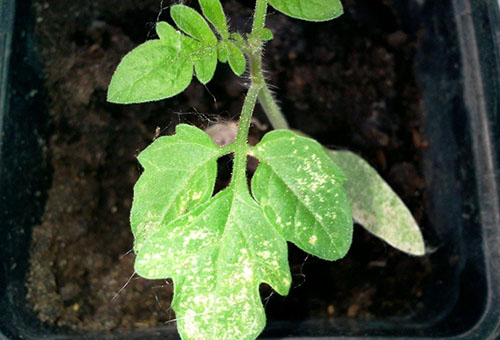
Serious illness
When the plant is no longer subject to treatment, it is separated from the main race without a hitch or simply removed. But when all the seedlings are infected with spots, and plus everything has already been planted in the greenhouse, then you need to find out the causes of the disease as soon as possible. If the above symptoms do not coincide, then the most problematic remains - cladosporiosis. This disease is caused by fungal spores that develop only in greenhouses due to high humidity and an excess of elevated temperatures. Spots on the leaves of tomatoes do not appear from the upper side, but from the lower, have a light gray tint. Further, the spots become brown.
The disease develops, and sores are already visible on the leaves from above. The stains feel like velvet fabric to the touch. If they are already turning yellow, then the fungal spores have conditions for development. Further, their size reaches 1 cm.At the same time, fungal spores spread throughout the greenhouse through watering, the summer resident's working clothes to untouched seedlings. In a short time, a crust forms on the leaves, and the stem dies off.Ideal conditions for the development of cladosporia: +25 degrees, humidity at least 90%. If you do not take action, then a critical period begins for the seedlings - no ovaries are formed, and the overall growth rate stops.
They begin the fight against cladosporia by adjusting the temperature of a greenhouse or greenhouse. And to reduce humidity, you need to stop watering with plain water.
Then it is treated once with copper oxychloride. The solution is applied on leaves affected by the fungus. After 6-7 days, the disease stops. Otherwise, re-spraying is recommended.
Advice
If suspicious spots or blotches are found in the lower part of the tomatoes, then removing a few leaves from an adult stem is only beneficial.
This is, of course, prevention, but effective. This recommendation is also applied to damaged leaves. Everything that is at the very bottom of the stem is already nearing death - this part is boldly sent to the fire. From this, the tomato harvest will only get better.
For prevention, they also disinfect temporary and permanent soil with a solution of potassium permanganate. In rural areas, where everything is in short supply, tomato holes are filled with boiling water in advance. This procedure should be performed correctly twice: before casting humus and after.
Even the most primitive prevention is the key to a healthy, high-quality harvest.
Summarizing
Yellow blotches or spots appear on tomato leaves only in two cases:
- neglect;
- fungus attack.
Both points are fixable, the main thing is to detect and carry out simple diagnostics as early as possible.
For excellent prophylaxis, they start caring for tomatoes from seeds, soaking them in a solution of potassium permanganate. From "early childhood" only pure water has been prepared for tomatoes and other seedlings. Make sure that the first leaves are not even a hint of yellowness.
Each summer resident has his own care experience, plus everything, there are several varieties that are more resistant to sores and the local climate.
And yet, for the plant, there is nothing more important than the soil, therefore, at least a little, but it is necessary to spill the soil and seedlings with a mineral solution. There will never be any harm from this!
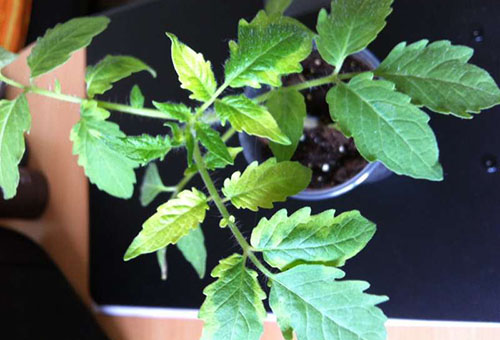
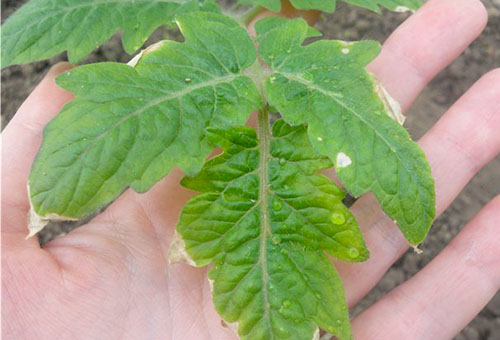
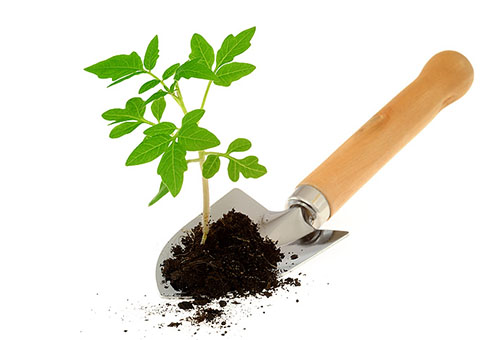
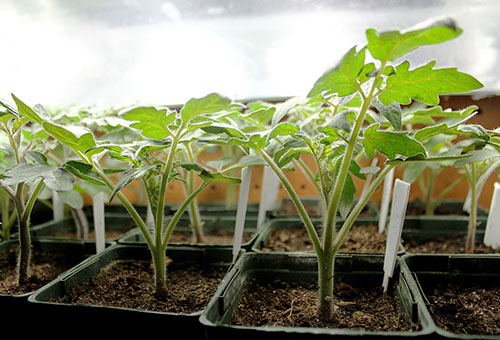
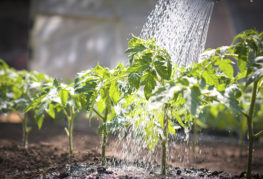
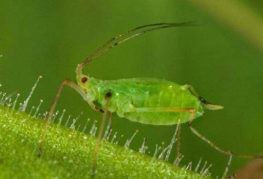
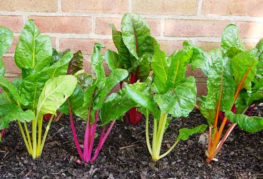
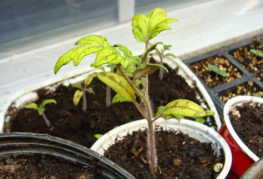
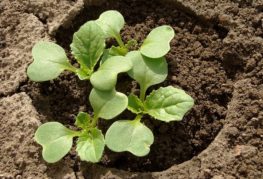
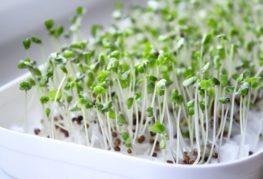
and will be published shortly.